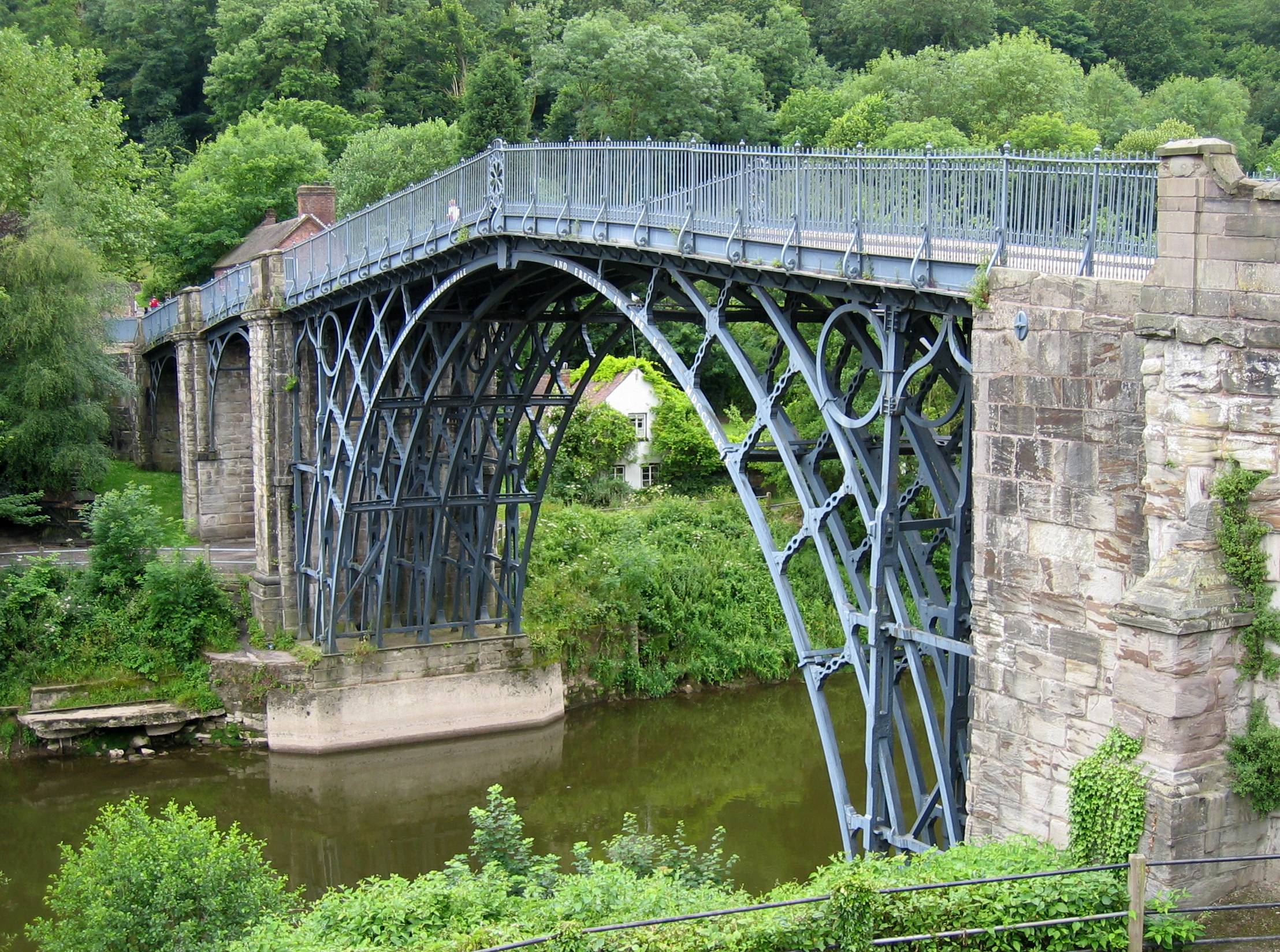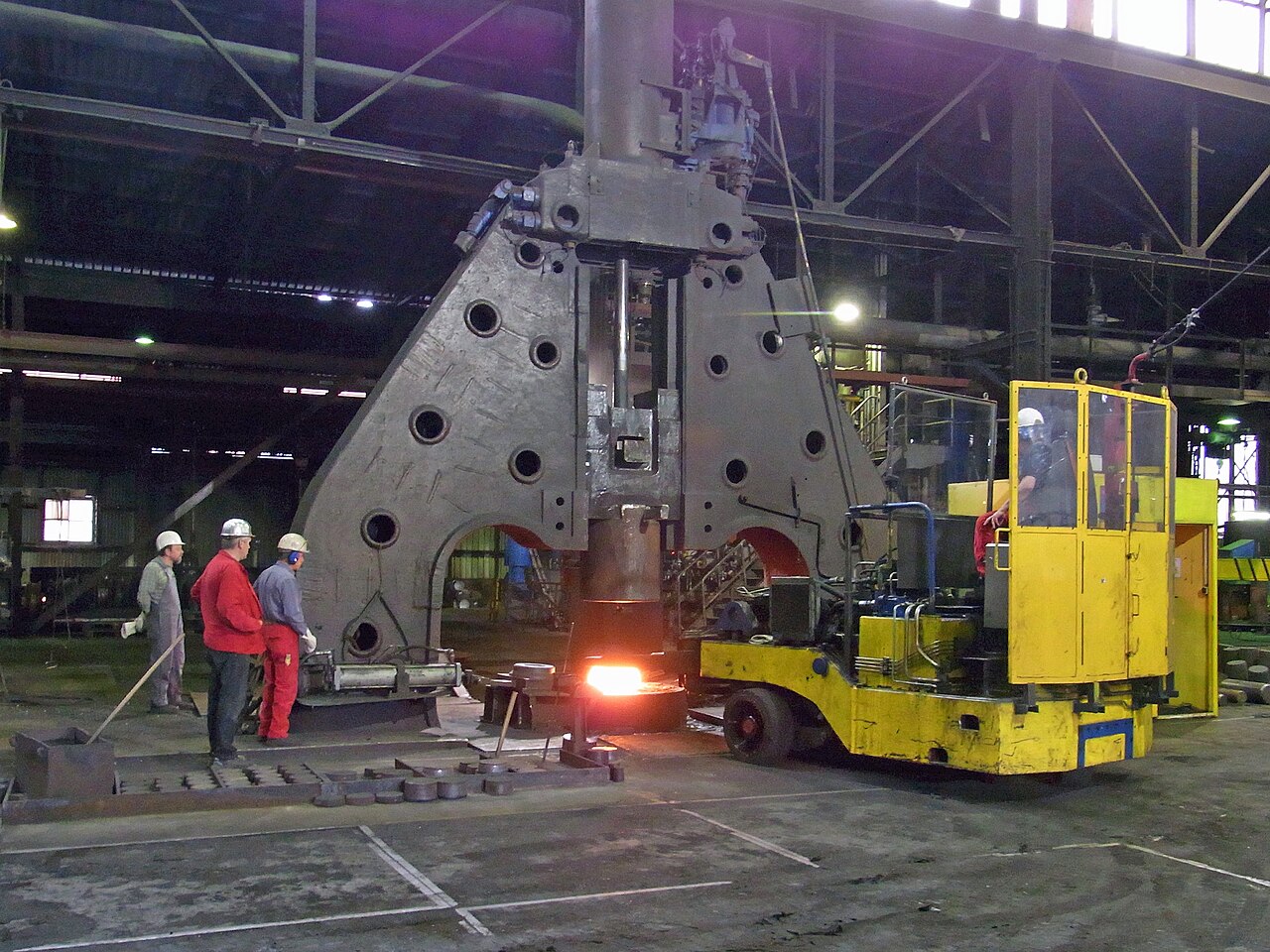While studying the Illinois Central bridge over the Illinois River, I came across this photo of the original 1855 bridge. Note that the diagonal members are thick and the vertical ones are thin. This means the diagonals are in compression and the verticals are in tension, which is characteristic of a
Howe truss design.
It is unusual to see a metal bridge using a Howe truss since compression members require more material then tension members and in a Howe truss the longer diagonal members are the ones in compression. Then a description in the
HAER for this bridge, "the Howe deck
trusses consist of cast and wrought iron and rest on ashlar sandstone
piers," reminded me that the manufacturing processes that made steel affordable had yet to be invented in the early 1850s. Cast iron is strong in compression, but wrought iron must be used for tension members.
Cast iron is relatively cheap to make --- add some extra ingredients to pig
iron and pour it into molds. But it is brittle and has very little
tensile strength. The
first major bridge made with cast iron in 1781 by Abraham Darby III has withstood the test of time because it used an arch which places all of its members in compression. Unfortunately, other engineers built truss bridges with cast iron and some of them failed. The Tay Rail Bridge used wrought iron for the tensile members, but the lugs to which the tensile members fastened were cast as part of the compression members. After just nineteen months of service, some of the lugs failed causing a collapse on the night of December 28, 1879 that killed all 75 passengers of the train that plunged into the icy waters. Lateral forces caused by high winds caused the failure. (
Wiki1,
Wiki2) The May 1, 1891
Norwood Junction railway crash motivated many cast iron tresses to be replaced with steel tresses (
Wiki3). By the 1890s, the economic manufacture of steel had become well established.
Making wrought iron is significantly more complicated, and thus expensive. By the 1800s, the puddling process would be used to make wrought iron. This heats cast iron in a furnace while stirring the iron until it melts. The stirring oxidizes the impurities of silicon, manganese, sulfur, and phosphorus. Then more fuel is added because the melting temperature increases as the carbon is burned off. Finally, the melting temperature becomes high enough that the iron solidifies into large "puddle balls." In addition to the monetary expense of wrought iron, there was the social expense of most puddlers dying in their 30s.
The balls are then shingled with a power hammer. "Shingling expels slag and welds shut internal cracks, while breaking off
chunks of impurities. The iron is then re-heated and rolled out into
flat bars or round rods." (
Wiki4)
So even though a Howe truss uses more metal than other truss designs, it uses less of the significantly more expensive wrought iron.



No comments:
Post a Comment